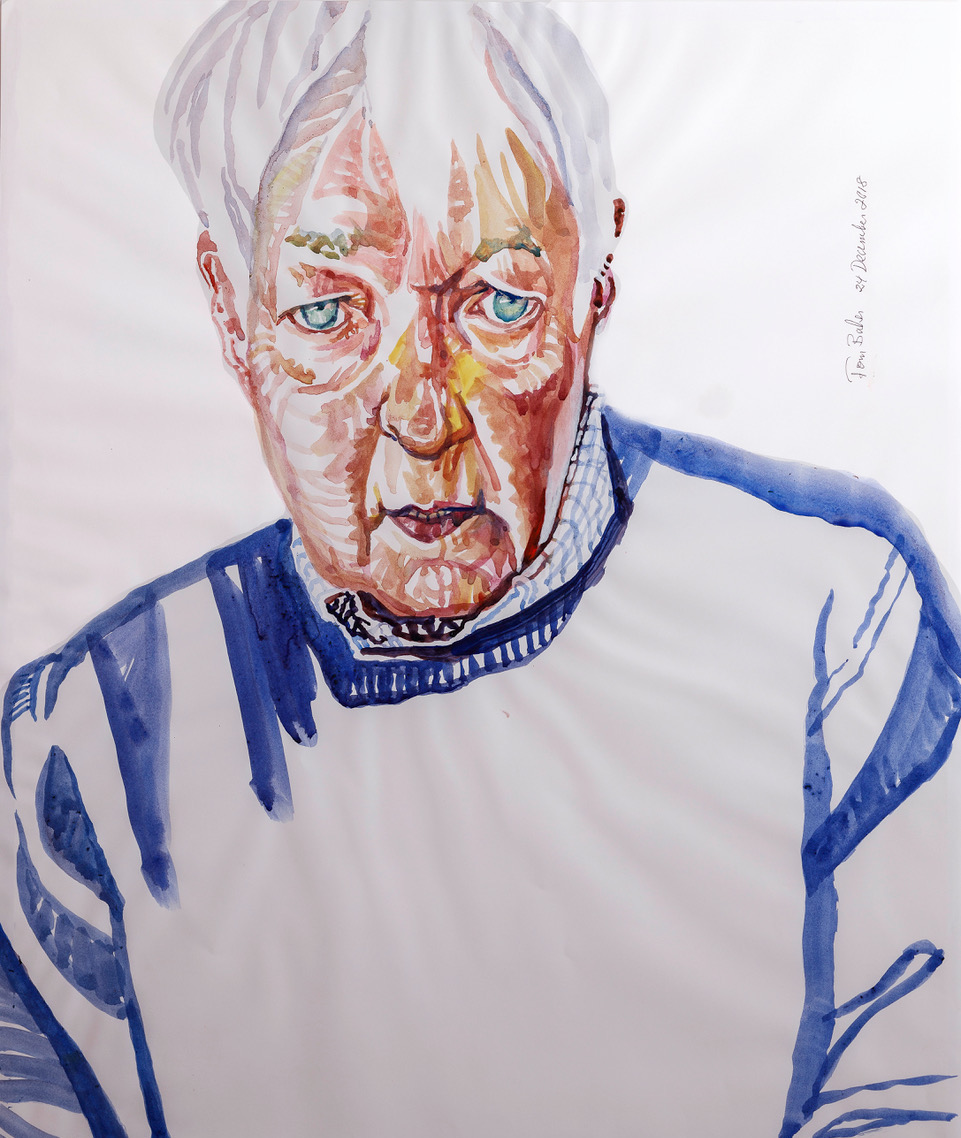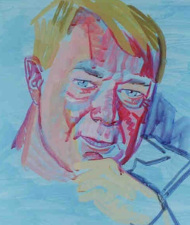The Sound of One Horse Dancing
New York & Bloomington:
iUniverse, Inc. 2011, $24.95.
Robert Phillips, The Texas Review
Spring/Summer 2012
Tom Baker's long-awaited first novel is here, and it was well worth the wait. Largely drawing on his years in the New York City advertising world, the book gives us an insider's view of that highly competitive business. It also gives us one of the highly likeable characters in recent American fiction, twenty-seven-year-old Tim Halladay -- despite his materialism and binge-drinking.
Early in the book, Tim is riding high. He has delivered a prestigious account to the agency, based upon his own connections. And he has been given a $2,000 raise. (In the early 1970's that was a good raise.)
Then in Joseph Heller's words, something happened." Just before Christmas he is fired, and at first he doesn't really know why. He has only three hundred dollars in the bank. As devastating as this would be to anyone, Baker manages to inject a sense of humor to the situation. He has Tim think, 'Maybe I could sell Christmas trees in a used-car parking lot, somewhere in New Jersey.' Another notion of Baker's sense of humor: '...we marched into Aunt Marge's house looking like a family act from Lawrence Welk.'
In addition to Welk, the book is full of memory bytes such as Samsonite suitcases and twenty-five-cent payphone calls.
The second protagonist is Manhattan itself. The Oak Room and the Algonquin Hotel, the last Horn and Hardart automat, the notorious Hotel Dixie, and Grand Central Terminal (which he, like everyone else, calls Grand Central Station), are all here.
There have been numerous novels set in advertising, most famously Sloan Wilson's The Man in the Gray Flannel Suit, which gave name to the conventionally clad account executives (The Suits), as opposed to the more flamboyantly dressed creatives. But this book is different. It's written from the point of view of a closeted gay man. There is sex in the book, but no pornography.
As stated, the novel is set all over New York. Among the gay bars are Julius', Uncle Charlie's, The Anvil, and the Cellblock. The range of locations reflects Tim's resilience and dual identifications. It is perhaps significant that the name Timothy Halladay has two feminine endings. Part of Tim's identity problem is his parents. His father did not approve of his participation in the theatre, and his mother remained silent on the subject.
The title of the book is evocative, though I'm not sure what it means. I'd say the horse is Tim's flexibility in the face of adversity. Or it could be an interpretation of his love-making, which he refers to as being like a crazed stallion. He displays a lot of self-knowledge, immodestly calling himself smart, good-looking and charming.
As a child Tim has a recurring dream of a horse swimming to shore in panic. Perhaps he identifies with the horse's panic and doesn't show it (except for his binge-drinking).
Baker has an ear for dialogue, and he gives us many colloquialisms of the period.
Tim eventually retreats from the outside world. In one memorable scene he sees his reflection in the dirty Hudson River, a lone figure. During the Macy's Thanksgiving Day parade, the Mickey Mouse balloon breaks and plunges to the pavement, a figure for Tim's inflated notion of his past, his descent from prominance, and his falling apart.
Much of the action takes place around Thanksgiving, but he has little to give thanks for. In the end he appears to be redeemed and relents on his refusal to see his family for Thanksgiving dinner. His salvation comes through human connection."Anyone who knows New York City, or wants to know it, will enjoy this work."







